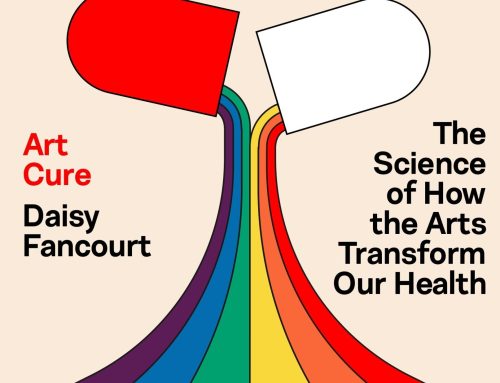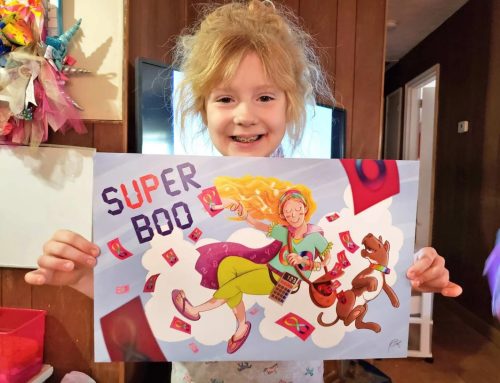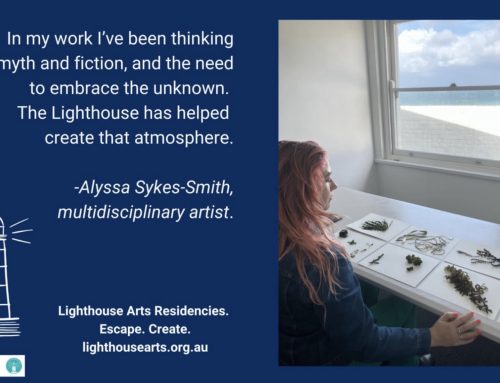Diversity, Equity, and Inclusion (DEI) initiatives are intended to support individuals from all backgrounds to experience a sense of belonging in all settings. DEI aims to remove barriers that in the past have impacted individuals due to their age, culture, gender, financial position, or disability. These initiatives can be applied to any context or organization to remove all forms of discrimination.
Universal Design for Learning provides a foundation for DEI. It is framework that guides the creators of learning experiences and offers suggestions to ensure that these experiences are engaging, accessible in the way people can access the information and content as well as respond to the information and content.
The intentions of both approaches are to remove barriers and increase the presence, interest, and engagement for all people. In education this may include making our content more relevant and meaningful to our students and to make this information more accessible by accessibility features such as captions, transcripts, and text descriptions to enhance the meaning of images. In healthcare patients can be provided with easy read documents as well as posters and other visual information that expands communication beyond the written or the spoken word.
Educational and healthcare settings are inclusive and welcoming when they support everyone’s interactions, promote collaboration, and create spaces for people to share their stories and experiences, express ideas, needs, concerns as well as priorities for their health or learning and to have these views respected and valued.
Applied puppetry is a form of puppetry that can be utilized in a range of settings to improve the communication and experience of those receiving health care and education. A puppet, like a doll or soft toy is an object that can enable self-expression, assist communication, support interactions, and create an environment that prioritizes relationships and reduces anxiety (Kröger & Nupponen, 2019; Råde 2022). Puppets have been used historically for the transmission of ideas in rituals and traditions (Bernier & O Hare, 2005) and as an effective approach for inclusive education (Guihot-Balcombe, 2024; Karaolis, 2021).
Puppets can also include puppetry in their practice by considering the guiding questions below.
Who: Are you going to be using a puppet in your practice or will you be inviting others to use puppets as part of their care or learning. If it is you using the puppet, it will be important to select a puppet that you feel confident animating with your voice and through movement. Do you have a favorite animal or creature that you would like to use or are you aware of an animal or character that would be appealing to the children and adults in your practice.
It is best to offer children and adults a selection of puppets and arrange them invitingly on a stand or in a basket. Consider having hand, sock, and finger puppets in a range of sizes, colours, and textures so that individuals can select a puppet that reflects their mood or interests. Objects such as teddy bears or pieces of fabric and paper can also be formed into puppets. If you have extended time with your clients and multiple sessions, you can make puppets together as this adds to many of the benefits outlined below as well as tell you about the experience of your clients through the objects/puppets selected.
How: If you are using the puppet, think about how you will hold and position the puppet. In “hand to eye” puppetry it will be important to consider how a person’s eyes meet your hand and where your eyes meet your hand. Holding the puppet upright is very important, as is looking at your puppet when it is moving and speaking. If you are giving puppets to others to use, will they interact with you or with your puppet? “Hand to hand” (Smith, 2015) puppetry provides the most protection and distance for the participants as it is their puppet/object speaking to your puppet/object and not themselves speaking directly to you. This creates a less confronting environment as the ideas expressed can be attributed to the puppet and addressed to another puppet, not the person who may hold the more dominant position (healthcare professional, educator, or therapist).
By working with puppets, the atmosphere is altered to one that is playful, and individuals can express their ideas with more confidence and with less reliance on spoken words. Practitioners should model how to use a puppet to indicate ‘yes’ or ‘no’ or to express feelings. It is important to work slowly and thoughtfully with puppets and not make assumptions about the way the puppet will be perceived. I place a puppet in a visible position and observe how a child or adult responds, for example, do they move towards the puppet or move away? Do they smile, express an interest in this object or avert their gaze?
Why: Why do you want to add a puppet? How will they make your work more accessible, address an inequity or recognize diversity as a resource in your practice. Some ideas may be to use puppets as a tool to communicate information about health, medical procedures and convey important messages to individuals and groups. In listening to puppets, practitioners can learn much more about the people they care for and provide them with a tool to express or even create (in puppet making) an aspect of themselves or their lives.
For those working in higher education, puppet making can provide a rich arts experience that is empowering. The act of making art, making choices in the process, and externalizing our feelings about ourselves creatively can nurture healthcare professionals and educators in their care of others.
Puppets are more than an art form; they are a tool for connection that respects and expresses our identities beyond words. Try them and let me know how you go!
Olivia.karaolis@sydney.edu.au
Further Reading:
Bernier, M., & O’Hare, J. (2005). Puppetry in education and therapy. Author House.
Guihot-Balcombe, L. (2024). “Intervention on a string”: What is the impact of puppetry as an intervention tool on the communication skills and self-esteem of children, including children with disabilities and additional challenges? International Journal of Education & the Arts, 25(1). http://doi.org/10.26209/ijea25n
Kröger, T., & Nupponen, A. M. (2019). Puppet as a pedagogical tool: A literature review. International Electronic Journal of Elementary Education, 11(4), 393-401.
Råde, A. (2021). Theories Supporting the Use of Puppets as Pedagogical Tool with Young Children. Universal Journal of Educational Research, 9(7), 1359-1368.
Smith, M. (2015). The practice of applied puppetry: antecedents and tropes. Research in Drama Education: The Journal of Applied Theatre and Performance, 20(4), 531-536.
Image credit: Paul Blenkhorn on Unsplash





